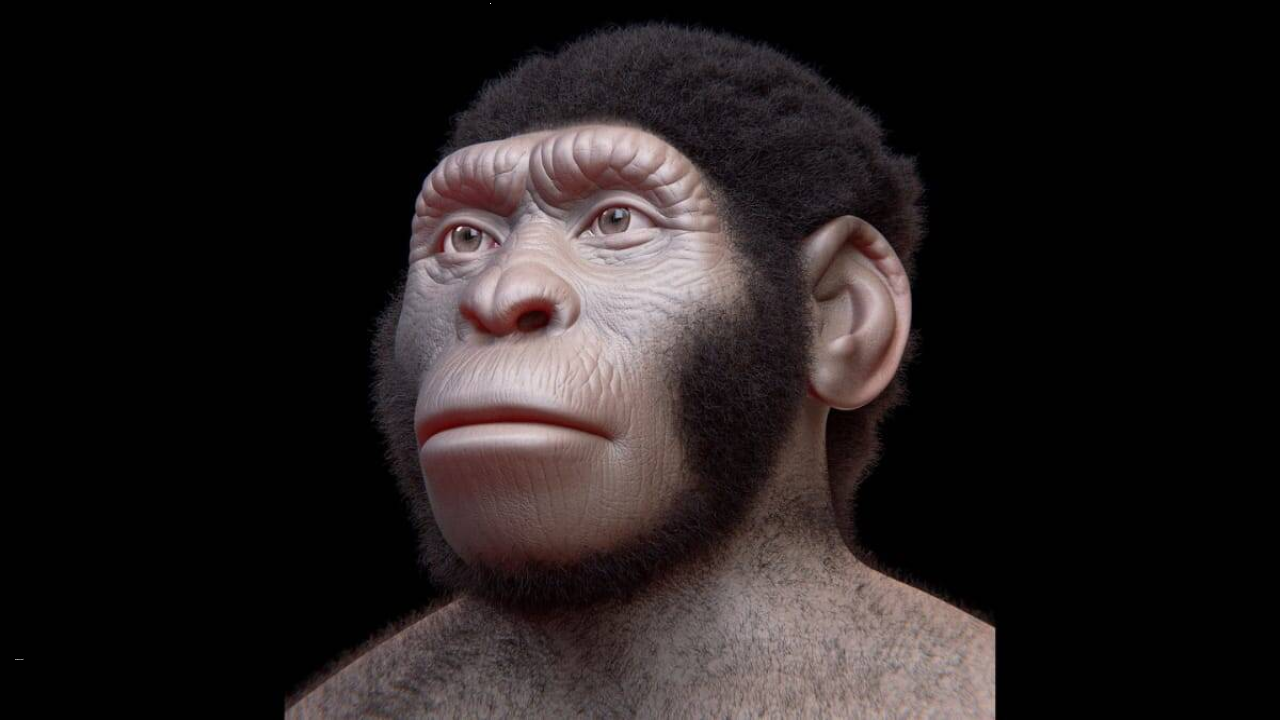Homo naledi Burials and Carvings
New research on Homo naledi, an extinct human species, has brought forth intriguing evidence suggesting that they may have engaged in burial practices and created meaningful symbolic carvings. These findings challenge previous notions that such behaviors were unique to Homo sapiens and Neanderthals. Let’s explore the details of this significant discovery.
Homo Naledi: An Enigmatic Species
Homo naledi is a recently discovered human species that lived hundreds of thousands of years ago. In 2014, paleoanthropologist Lee Berger and his team uncovered over 1,500 fossil specimens belonging to 15 individuals in the Rising Star cave system in South Africa. This find shed light on a species with a unique blend of ancient and modern traits.
Unearthing Burial Practices
Traditionally, burying the dead has been considered a distinct human behavior. However, researcher André Gonçalves explains that mortuary behavior, such as observing or interacting with a dead body, is also observed in chimpanzees and elephants. Funerary behaviors, on the other hand, are exhibited by creatures capable of complex thought and a sense of separation from the natural world.
Berger’s team reported evidence of burials within the Rising Star system. The Homo naledi corpses appeared to have been placed in purposely dug pits and covered with dirt. In one case, the body was arranged in a fetal position, a common feature in early human burials. Notably, an intriguing rock resembling a stone tool was found near one of the bodies, potentially the only associated tool with Homo naledi discovered so far.
Symbolic Carvings in the Cave
In July of the previous year, the researchers discovered engraved geometric shapes on dolomite stone within the cave. The carvings, composed mostly of lines measuring 5 to 15 centimeters, formed patterns such as squares, triangles, crosses, and ladders. Creating these designs would have required significant effort due to the hardness of the dolomite rock.
While the engravings were found in proximity to the Homo naledi burials, dating them accurately poses a challenge due to the cave’s dolomite limestone walls. However, if the carvings can be linked to Homo naledi and confirmed to be from the same period, it would prompt a revision of our understanding of human cognition evolution.
Implications and Skepticism
If confirmed, these burials would be the earliest known, surpassing existing records by at least 100,000 years. The discovery of intentional symbolic carvings would further highlight the cognitive capabilities of Homo naledi. Nevertheless, experts reviewing the research have met the findings with skepticism. Some propose that water may have transported bone fragments to natural depressions in the cave, which were later filled with sediment.
While more research is needed to validate these discoveries, the possibility of burial practices and symbolic carvings among Homo naledi opens up new perspectives on the complexities of human evolution and cognition. Further exploration of the Rising Star cave system may unveil additional insights into the behaviors and cultural practices of this enigmatic human species.
Month: Current Affairs - June, 2023
Category: Science & Technology Current Affairs


